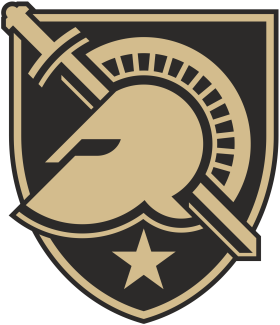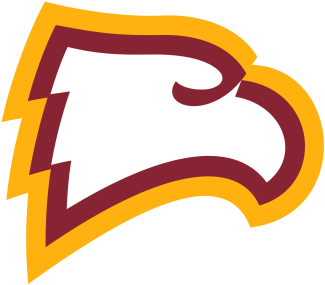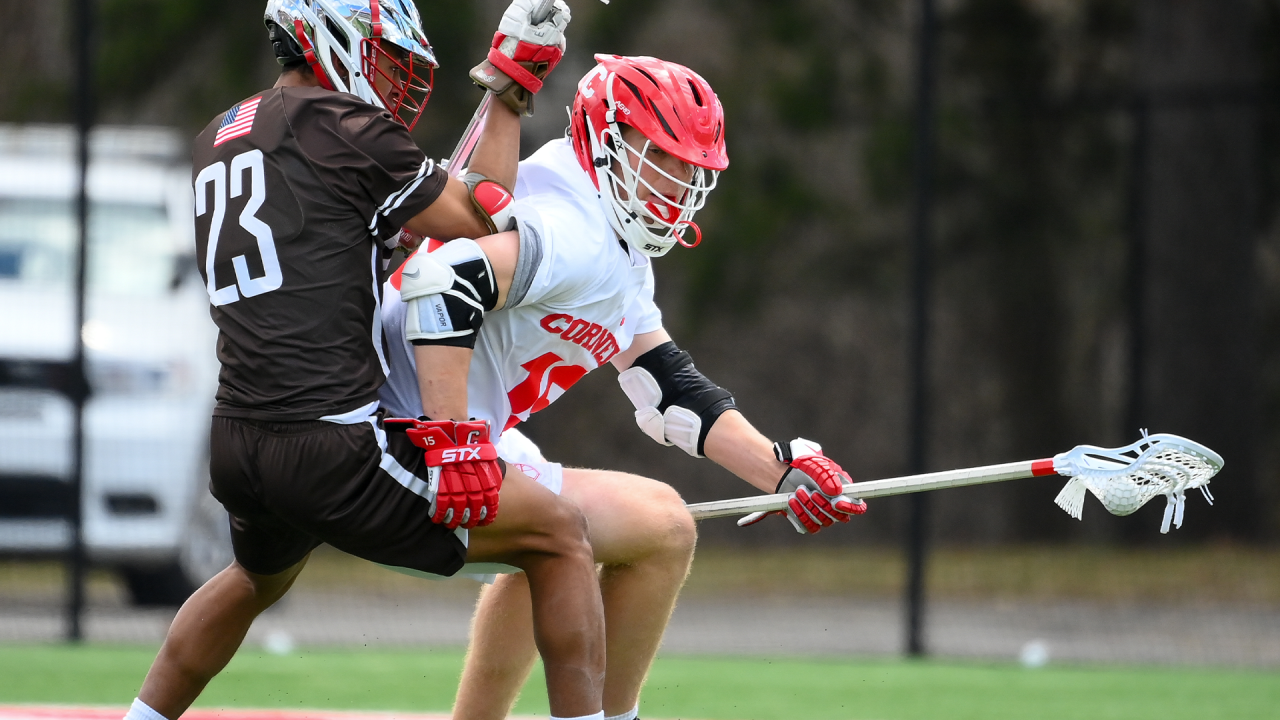CJ Kirst is a two-time Tewaaraton Award finalist at Cornell, the 2022 U20 world championship MVP and a member of the 2024 U.S. Men's Box Training Team. The following story is in his words but told to USA Lacrosse Magazine’s Beth Ann Mayer.
The idea of playing to your strength isn’t new. It sounds obvious in theory.
But knowing how to get to your strength can be a different ballgame, especially for young players.
When I found my way to my strength — my left hand — I gained confidence. I knew what I was good at and learned to trust my own game. Most importantly? I came to enjoy lacrosse more and had fun with it, which is the goal at any level.
You can learn your strength by playing around in the backyard. Maybe, like me, you find you have a good hand or that your athleticism allows you to run all over the field and scoop ground balls. Perhaps it’s stick skills or dodging. Whatever it is, experience, train and you’ll find it.
Finding your strength is just the first part. From there, you need to find your way to it during game action — something you can also work on in the backyard and team practices.
Here’s how I get to my left hand.
1. Know where you are on the field
As an attackman, I consistently find myself on the left wing — it’s where I look at the defense and gauge what they’re giving me. That’s where I’ve practiced the most.
I have certain moves I can do to get to my left hand from various points on the field. By knowing where I am on the field, I can go into these moves that open the door for me to play to my strength. While I play attack, this tip is crucial for midfielders as well.



























































